Laikipia, Kenya
By the time I set off from the farm before dawn we’d had twenty-two inches of rain in the past month. At the bottom of the valley I saw in the headlights that our lugga, or seasonal watercourse, had become a roaring torrent of brown water after yet another downpour overnight. If I tried to cross the Landcruiser would be swept away in the flood. This rainy season the land has become a sea of mud, with a thousand streams of water splashing down from the plains, our days and nights serenaded by bullfrogs. Normally I would stay put, give up on any travel and wait it out. There have been times when heavy rains have made a wonderful sanctuary of the farm, surrounded by seas of mud and oomska, isolating us from the world for days or weeks at a time. Sadly, today, I had to get to Nairobi and it was five miles between the farmstead and tarmac.
All around us ere herds of eland and oryx, enjoying the green flush after three years of drought
After sunrise, the old Samburu herder Lesibia appeared, looked at the torrent and said: “You’ll drown in that. Go home.” “Perhaps it will subside in a few hours,” I said. On my phone dozens of photos and reports were coming in of roads severed, bridges blown, dams burst and casualty figures across Kenya. These are the heaviest rains for six decades. One story told of an 800-year-old baobab tree washed away. After three hours, the flood showed no signs of abating, so Boniface came on our tractor with the idea of towing me across the valley. “Let’s test it out first,” I said. I hopped on to the hundred-horsepower yellow beast that has done so much good work on the farm, Boniface gunned the engine and we ploughed into the rushing stream. In seconds the current was roiling around our feet and I knew that we had gone in so far that should we wade in further it would be as tedious to go back as to go on. “Reverse!” I urged Boniface. “We’re not going to make it!”
And so we reversed. By now a crowd of farmhands had gathered on the riverbank and though we were all rain soaked, there was quite a party atmosphere. It seemed that we were all properly stuck and I resigned myself to staying at home for a week or so until the weather improved. Then Lesibia suggested: “Why don’t you try the old road up top?” I thought about it. “Nobody’s driven that track for years.” “It’s horrible along that road in the wet,” said Boniface. I remembered the black cotton and we stood about gloomily thinking about how horrid that stuff was.
Black cotton is a special kind of soil you find in Africa, which when it’s dry looks like the cracked, dark-gray hide of a rhino. When it rains, though, black cotton swells with water into a sodden, sticky mess that looks innocent on the surface but sucks vehicle wheels down so that you can be stuck up to the axles literally for days. “Let’s try it,” I said, and so we set off, inching slowly across the high plains with Boniface following on the tractor. Within minutes I came to a halt, even in low-ratio four-wheel drive. Boniface towed me out. Further out across the plains we came upon a black cotton landscape pitted with craters, the tracks of a herd of elephant that had crossed here with evident difficulty. The huge footprints, filled with rainwater, resembled a battlefield after an artillery barrage. Next we came upon a section of the track that had become a lake, so that the water rose up level with the windows and the Landcruiser forged ahead with its snorkel exhaust.
We got stuck five or six times. All around us were herds of eland and oryx, enjoying the green flush after three years of drought and surprised to see this convoy of mud-covered humans. Each time we got stuck in more black cotton, I’d get out to check the situation and mud stuck to my boots and legs until it was as if I were walking on big heavy snow shoes. At last, we could see the electricity poles that marked the main road not far ahead. I thanked Boniface and the team, convinced it was safe for them to now return home. Off he went with several men perched on top of the cabin. My heart lifted as I surged off and just a stone’s throw from the tarmac, I came upon a short stretch of black cotton, thinking I could make it. I came abruptly to a halt, up to the axles again. I got on my phone to call Boniface — but there was no phone signal. On the horizon, I could see more rain coming.
This article was originally published in The Spectator’s UK magazine. Subscribe to the World edition here.










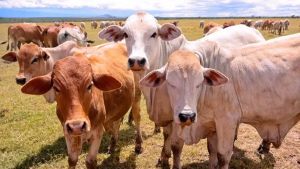
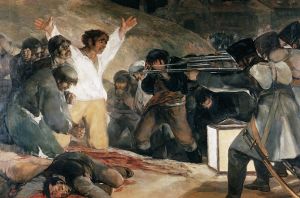

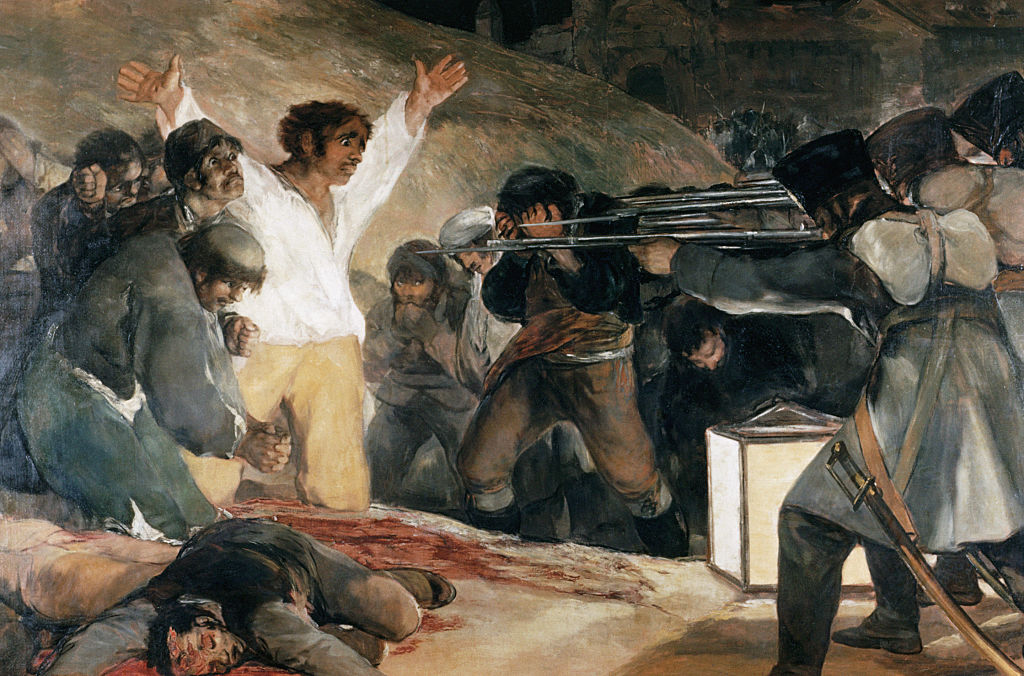


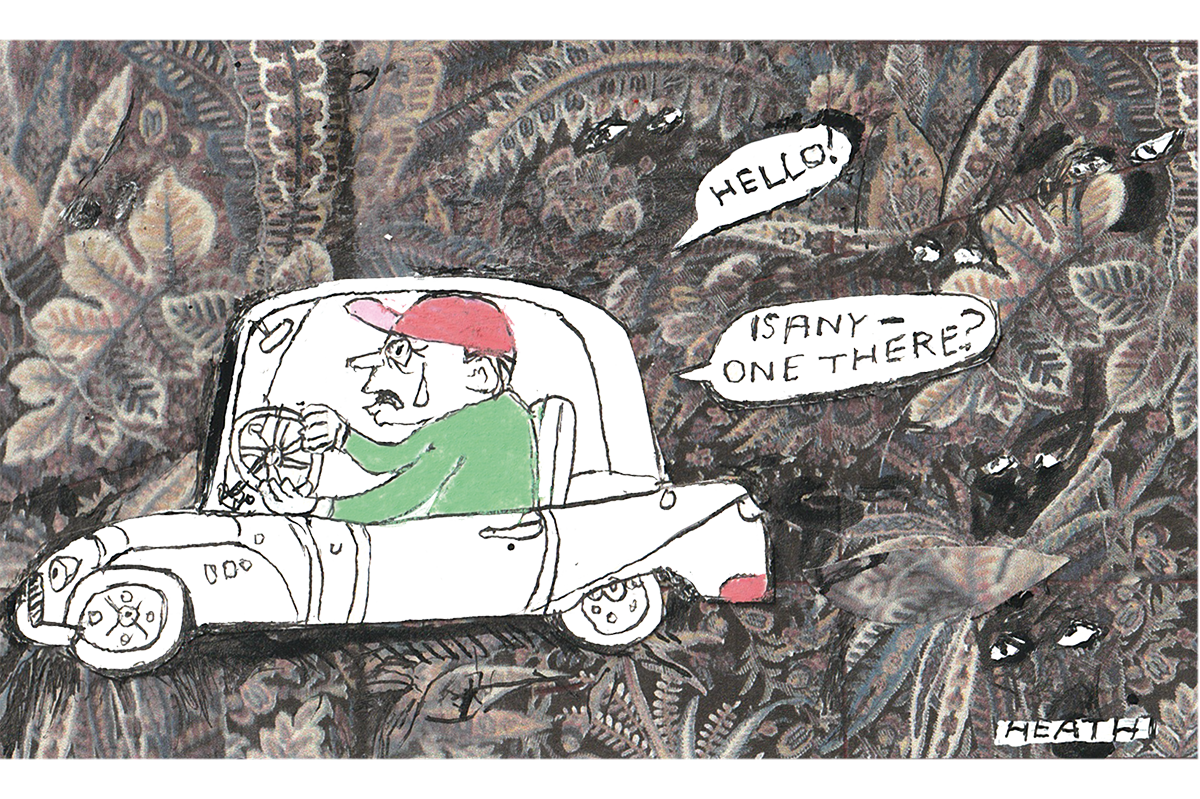
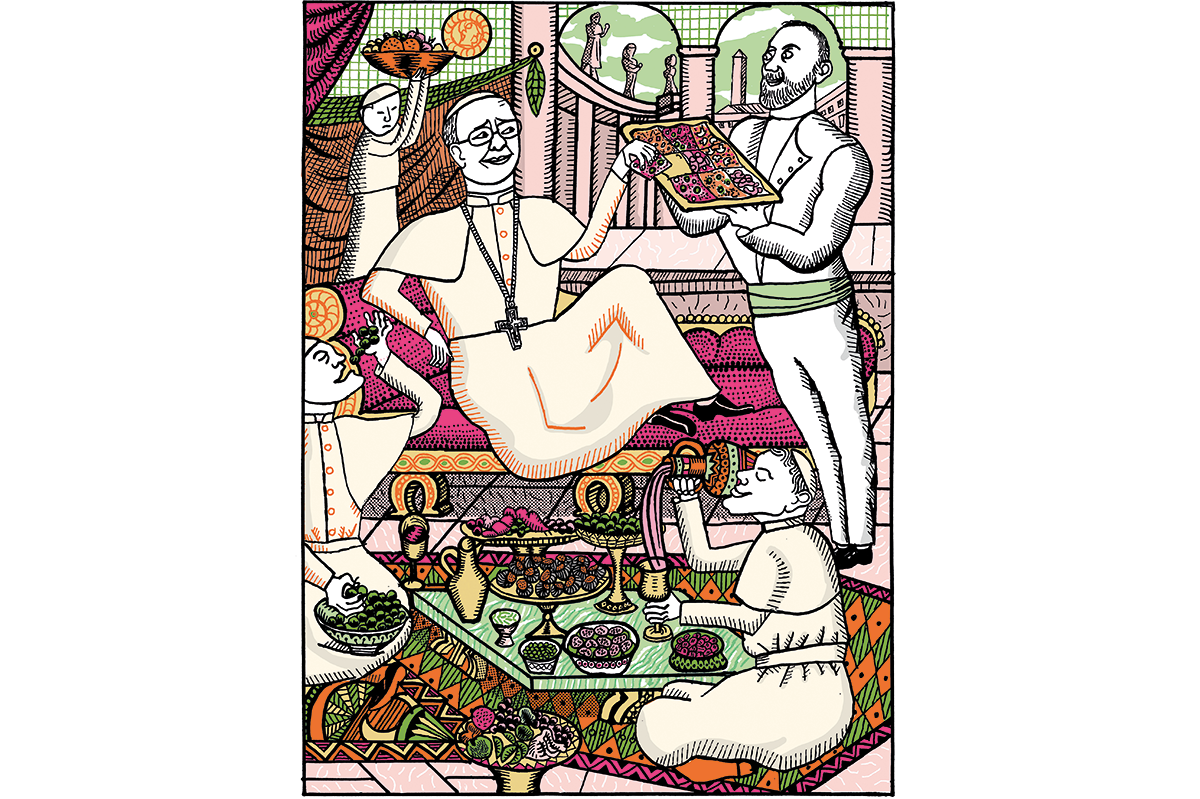
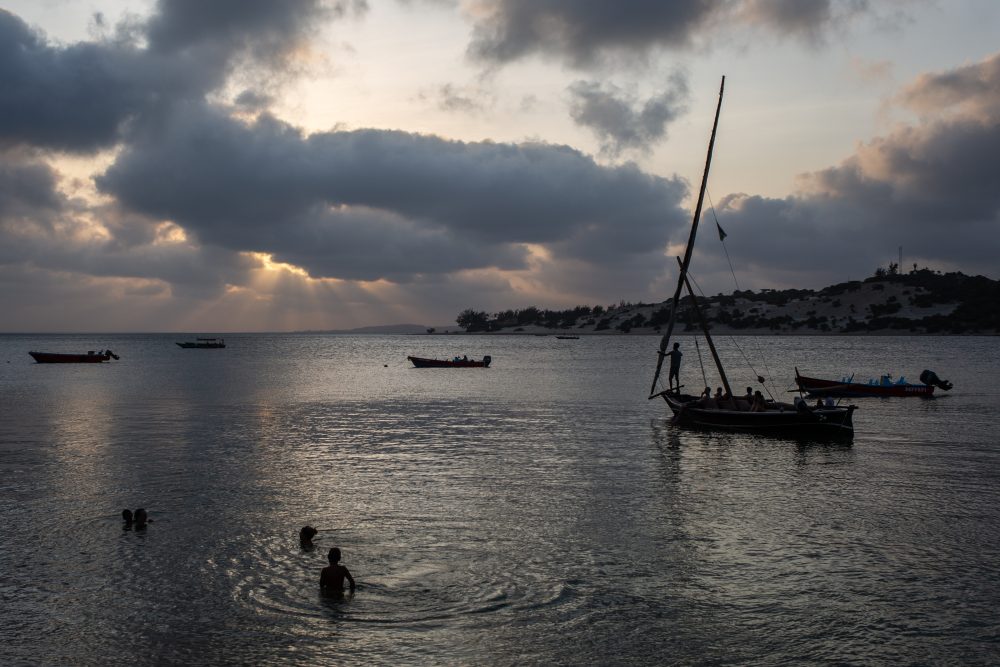







Leave a Reply